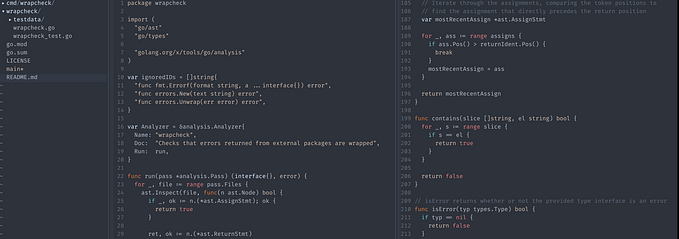
More Misinformation about Banking Regulation
I’m shocked! Shocked!
“Fed Tells Big Banks to Shrink or Else,” the Wall Street Journal proclaimed in the headline of its lead story today. If only.
What the Federal Reserve actually did is impose new, additional capital requirements for the largest banks. JPMorgan Chase, for example, will have to hold 4.5 percentage points more capital than it would have had to otherwise. This is clearly a good thing, since it means that the banks that could do the most damage to the financial system will be a little bit safer. But it is neither a complete solution, nor is it the draconian constraint that the banks and the Journal make it out to be.
For starters, the rule will have no effect on seven of the eight banks in question (JPMorgan is the exception), since they already have enough capital to meet the new requirements. That alone should let you know how significant a rule this is.
Even so, the Journal says that banks will have to decide “whether to pay the cost of new regulation, which will fall to the bottom line, or change their business models.” This is not true.
Say some bank has $100 in assets and $95 in liabilities, so it has $5 in capital. Its “bottom line” profits are basically the interest it earns on the assets minus the interest it pays on the liabilities. Then say Janet Yellen comes along and tells the bank that it has to have $10 in capital for every $100 in assets. So the bank sells new shares to the public for $5 and uses the $5 in cash to pay off $5 of its liabilities. Now it has $100 in assets and $90 in liabilities, so its profits actually go up (since it has less debt to pay interest on, and it pays a lower interest rate because its debt is less risky).
The banks’ complaint is not about the “bottom line,” but about something else: return on equity. Even though profits go up, they are now spread across twice as much capital. If you think of capital as the money invested by shareholders, then the shareholders are getting a lower return than they were previously. But this ignores the fact that stock in the bank is also less risky than it was before, so shareholders don’t demand as high a return on their money. Under a few basic assumptions, the return on equity is exactly what it needs to be to meet shareholders’ expectations.
This is the Modigliani-Miller Theorem, which has been around for more than half a century and is taught in every finance class. It says that a firm’s capital structure — the amount of equity it has relative to debt — doesn’t matter: in the case of the hypothetical bank, if you increase equity and reduce debt, after the reduced debt payments, there is just enough cash left over to compensate the larger number of shareholders at the lower rate that they are now willing to accept.
Now, the assumptions of Modigliani-Miller don’t hold in the real world, but the main reason they don’t hold is the tax subsidy for debt: companies can deduct interest payments on debt from their taxable income, but they can’t deduct dividends paid to shareholders. Even so, that’s not terribly hard to get around. A company can reinvest its profits in its business; as long as it finds something useful to spend the money on during the same year that it earns the profits, it won’t have to pay tax on them (because they won’t be profits — they’ll be either operating expenses or depreciation of capital investments).
Tim Pawlenty, the latest flack for the largest banks, complains that higher capital requirements will “keep billions of dollars out of the economy.” Again, this is simply not true. The amount of bank lending is dependent on the volume of lending opportunities available to banks with a risk-adjusted interest rate that exceeds their cost of capital. Since the cost of capital doesn’t change with capital requirements (except, again, because of the tax subsidy for debt), the amount of bank lending doesn’t change either.
Anat Admati and Martin Hellwig have been making these points for years now. Unfortunately, the banks, their lobby, and their water-carriers in the media persist in spreading misinformation about capital and banking regulation.
James Kwak is an associate professor at the University of Connecticut School of Law, a co-author of 13 Bankers and White House Burning, and a founder of Guidewire Software. Find more at Twitter, Medium, The Baseline Scenario, The Atlantic, or jameskwak.net.









